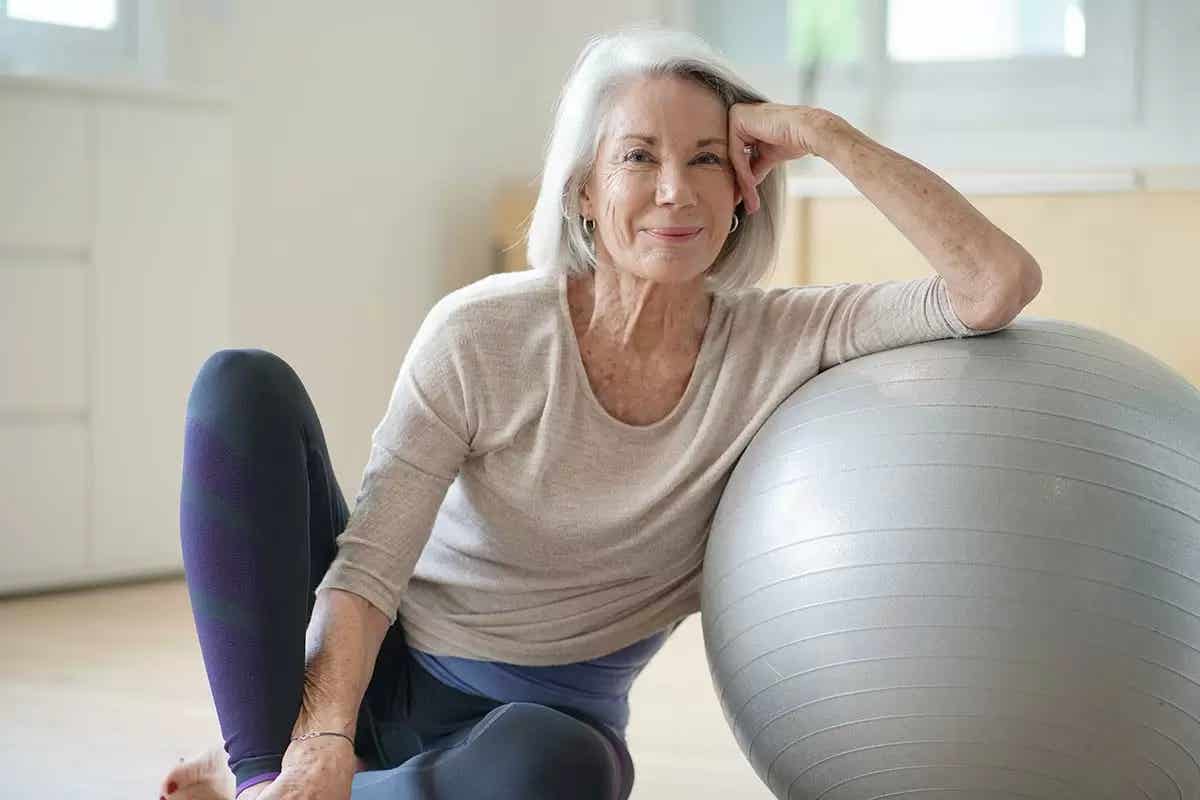Researchers discover why humans move slower as we age
Walking around the neighborhood or even just grabbing the remote control becomes slower and less smooth

As we age, one of the most noticeable changes is how we move. Walking around the neighborhood or even just grabbing the remote control becomes slower and less smooth. A recent study led by engineers at CU Boulder delves into the reasons behind this slowdown, providing new insights that could have implications for diagnosing and treating various medical conditions.
The CU Boulder research team aimed to unravel why people over 65 tend to move more slowly than younger individuals. Their findings suggest that part of the reason is increased energy expenditure in older adults. This insight might not be surprising to those who feel fatigued after a busy day, but it adds a significant layer to our understanding of aging.
Study co-author Alaa Ahmed, a professor in the Paul M. Rady Department of Mechanical Engineering, highlighted the broader implications of the research: "Understanding why we move the way we do, from eye movements to reaching, walking, and talking, offers a window into aging and conditions like Parkinson’s." This study, recently published in the journal JNeurosci, may help doctors diagnose and treat a range of illnesses, including Parkinson’s disease, multiple sclerosis, depression, and schizophrenia.
In the study, participants were divided into two age groups: 18 to 35 and 66 to 87. They were tasked with a seemingly simple job: reaching for a target on a screen, akin to playing a video game on a Nintendo Wii. The researchers observed that older adults tended to conserve energy by modifying their movements.
Erik Summerside, a co-lead author and a CU Boulder integrative physiology doctoral graduate, explained, "Everyone, regardless of age, seeks to maximize rewards while minimizing effort."
Engineering Meets Physiology
The study builds on the understanding that older adults' movements are generally less stable and precise. Ahmed and her colleagues explored additional factors that might contribute to this age-related slowdown.
One hypothesis suggests that older adults' muscles may be less efficient, burning more calories to perform the same tasks as younger adults, such as running or reaching for something.
Related Stories:
Another theory points to changes in the brain’s reward system as we age. As people get older, their bodies produce less dopamine, the chemical that makes us feel good after accomplishing something.
Reduced dopamine could mean that older adults feel less motivated to move. This phenomenon is even more pronounced in people with Parkinson’s disease, who experience a significant drop in dopamine production.
To explore these hypotheses, the researchers asked over 80 participants to control a cursor on a computer screen using a robotic arm. Successful moves were rewarded with points and a pleasant "bing bing" sound.
The results showed a distinct difference in how the two age groups approached the task. Both groups reached the target faster when they anticipated the reward, achieving their goals 4% to 5% quicker than without the incentive. However, their methods differed. Younger participants sped up their arm movements, while older participants improved their reaction times by starting their movements about 17 milliseconds earlier.
When the team added an 8-pound weight to the robotic arm for the younger participants, the age-related differences disappeared. "The brain can detect minor changes in energy use and adjust movements accordingly," said Robert Courter, another co-lead author and CU Boulder doctoral graduate. "With just a bit of extra weight, young adults started to mimic the older adults, prioritizing quicker reactions over speed."
Insights and Implications
The research suggests that older adults’ slower movements might be largely due to the effort costs associated with reaching. Ahmed noted, "Our findings imply that the energy required for reaching plays a crucial role in slowing down older adults."
While the study doesn't completely eliminate the possibility that changes in the brain's reward centers contribute to slower movements with age, it provides a clearer picture. Understanding these changes could lead to new treatments to mitigate the effects of aging and disease on movement.
This study represents a significant step toward understanding the complexities of how and why our movement changes as we age. By exploring the energy costs and motivational factors involved, researchers like Ahmed and her team are opening new avenues for medical diagnostics and therapeutic interventions. Future research may focus on pinpointing where and how these changes occur in the body, offering hope for slowing the progression of age-related movement decline and improving quality of life for older adults.
For more science news stories check out our New Discoveries section at The Brighter Side of News.
Note: Materials provided above by The Brighter Side of News. Content may be edited for style and length.
Like these kind of feel good stories? Get the Brighter Side of News' newsletter.
Joshua Shavit
Science & Technology Writer | AI and Robotics Reporter
Joshua Shavit is a Los Angeles-based science and technology writer with a passion for exploring the breakthroughs shaping the future. As a contributor to The Brighter Side of News, he focuses on positive and transformative advancements in AI, technology, physics, engineering, robotics and space science. Joshua is currently working towards a Bachelor of Science in Business Administration at the University of California, Berkeley. He combines his academic background with a talent for storytelling, making complex scientific discoveries engaging and accessible. His work highlights the innovators behind the ideas, bringing readers closer to the people driving progress.



